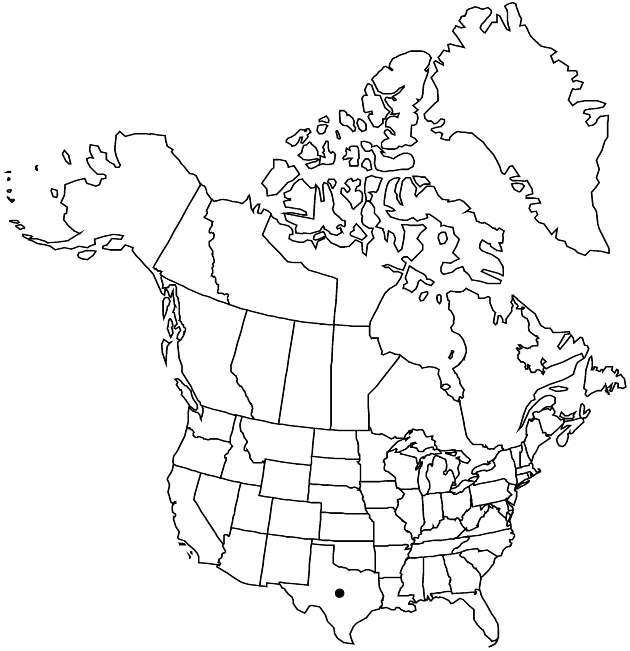Difference between revisions of "Thymophylla micropoides"
Sida 11: 377. 1986.
Basionym: Gnaphalopsis micropoides de Candolle
Synonyms: Dyssodia micropoides (de Candolle) Loesener
FNA>Volume Importer |
FNA>Volume Importer |
||
| Line 52: | Line 52: | ||
|publication year=1986 | |publication year=1986 | ||
|special status= | |special status= | ||
| − | |source xml=https://jpend@bitbucket.org/aafc-mbb/fna-data-curation.git/src/ | + | |source xml=https://jpend@bitbucket.org/aafc-mbb/fna-data-curation.git/src/8f726806613d60c220dc4493de13607dd3150896/coarse_grained_fna_xml/V19-20-21/V21_589.xml |
|tribe=Asteraceae tribe Heliantheae | |tribe=Asteraceae tribe Heliantheae | ||
|subtribe=Asteraceae (tribe Heliantheae) subtribe Pectidinae | |subtribe=Asteraceae (tribe Heliantheae) subtribe Pectidinae | ||
Revision as of 16:35, 18 September 2019
Perennials, ashy white, to 15+ cm, arachnose to floccose. Stems spreading, often prostrate. Leaves mostly alternate; blades not lobed, spatulate, 10–25 × 3–6 mm, margins entire or toothed. Peduncles 0–5+ mm, tomentose. Calyculi of 3–5 linear bractlets, lengths 1/2+ phyllaries. Involucres obconic, 6–7 mm. Phyllaries 12–14, margins of outer distinct less than 1/5 their lengths, abaxial faces tomentose. Ray florets 10–15; corollas bright yellow, becoming greenish, laminae 5 × 3 mm. Disc florets ca. 60; corollas yellow, 3 mm. Cypselae 2.3–3 mm; pappi of 5 erose scales to 1 mm alternating with 5 lanceolate, 1-aristate scales to 3 mm. 2n = 16.
Phenology: Flowering year round, following rains.
Habitat: Calcareous outcrops and derived soils
Elevation: 50–200+ m
Distribution

Tex., Mexico (Coahuila, Nuevo León, Tamaulipas).
Discussion
Selected References
None.
Lower Taxa
None.